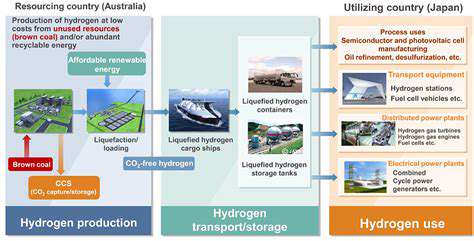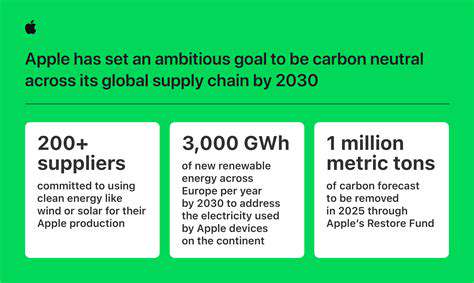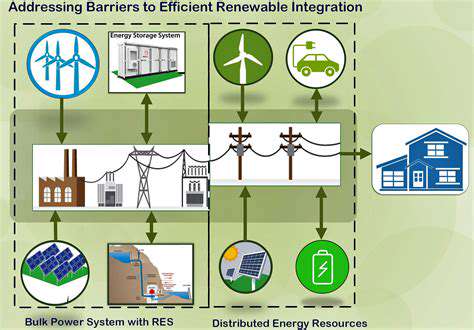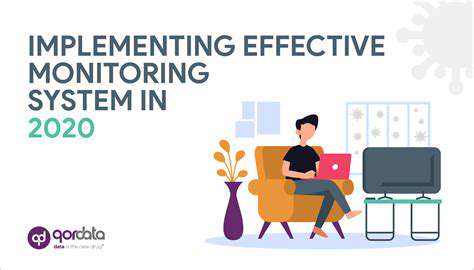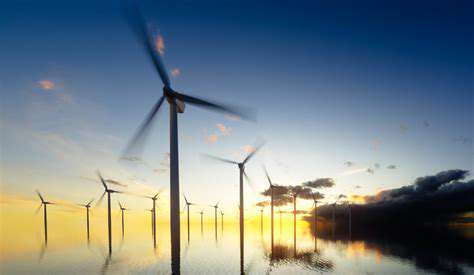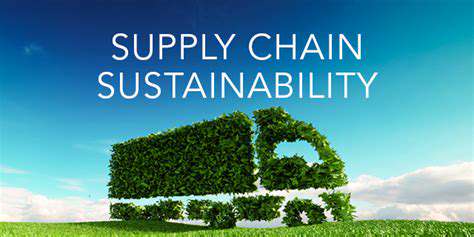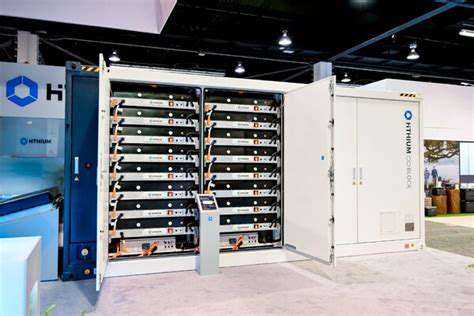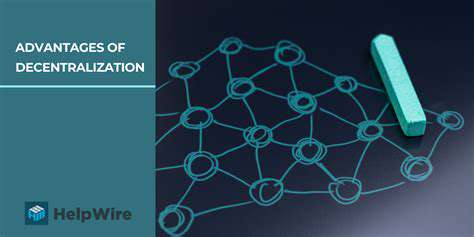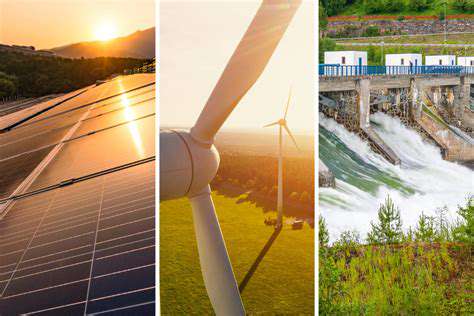Sustainable Development Through Offshore Wind Power: A Global Perspective
Coastal nations worldwide are increasingly turning to offshore wind farms as a pivotal solution in the shift toward sustainable energy. These massive installations harness powerful ocean winds to produce clean electricity, offering a viable alternative to traditional fossil fuel sources. The rapid growth of this sector reflects its potential to significantly reduce carbon emissions while meeting rising energy demands. Technological progress in turbine design and installation methods continues to make these projects more efficient and cost-effective.
Environmental Impact: Balancing Development and Conservation
While offshore wind energy presents clear ecological advantages, its development requires careful environmental stewardship. Marine biologists emphasize the need for comprehensive studies assessing effects on local ecosystems, particularly regarding marine mammals, seabirds, and fish breeding grounds. Modern projects now incorporate advanced mitigation strategies, such as underwater noise reduction during construction and seasonal restrictions to protect migratory species. These measures demonstrate how renewable energy development can coexist with marine conservation efforts.
Economic Opportunities: Driving Job Creation and Growth
The offshore wind industry has become a major economic driver in coastal regions. From turbine manufacturing to ongoing maintenance operations, these projects create thousands of skilled jobs across multiple sectors. Port cities particularly benefit from this boom, with new specialized training programs preparing workers for careers in this growing field. The economic ripple effect extends to local businesses supplying materials and services, revitalizing communities that once depended on declining industries.
Technological Advancements: Pushing the Boundaries of Innovation
Recent years have seen remarkable breakthroughs in offshore wind technology. Engineers have developed larger, more efficient turbines capable of generating power even in moderate winds. Floating turbine platforms represent one of the most exciting innovations, allowing energy production in deeper waters previously considered unsuitable for wind farms. These advancements continue to lower costs while increasing energy output, making offshore wind increasingly competitive with conventional power sources.
Grid Integration Challenges: Ensuring Reliable Energy Delivery
Connecting offshore wind farms to mainland power grids presents unique engineering challenges. Energy experts are developing innovative solutions like high-voltage direct current (HVDC) transmission systems to efficiently transport electricity over long distances. Smart grid technologies play an increasingly important role in managing the variable nature of wind power, ensuring stable energy supplies despite changing weather conditions.
Policy and Regulatory Frameworks: Fostering Sustainable Development
Effective government policies are crucial for the responsible expansion of offshore wind energy. Many nations have implemented streamlined permitting processes and financial incentives to encourage development while maintaining environmental protections. International cooperation on standards and best practices helps accelerate the global adoption of this clean energy source, with countries learning from each other's experiences.
Community Engagement: Building Support for Sustainable Projects
Successful wind farm developers prioritize early and ongoing dialogue with coastal communities. Transparent communication about project benefits and potential impacts helps build public support. Many projects now include community benefit agreements that ensure local residents share in the economic rewards through job opportunities, infrastructure improvements, or reduced electricity rates.
Technological Advancements and Cost Reductions

Cutting-Edge Innovations in Wind Energy
The offshore wind sector continues to benefit from remarkable technological progress. Next-generation turbines now exceed 15 megawatts in capacity, with rotor diameters spanning longer than football fields. These colossal machines leverage advanced materials and aerodynamic designs to capture more energy from lower wind speeds. Simultaneously, installation vessels have grown more sophisticated, capable of handling these massive components in challenging ocean conditions.
The Economics of Scale in Offshore Wind
As the industry matures, cost reductions have followed predictable learning curve patterns seen in other renewable technologies. Falling prices now make offshore wind competitive with fossil fuels in many markets, even without subsidies. This economic transformation stems from multiple factors: larger turbines generating more power per installation, improved operational efficiency, and standardized project designs that reduce development risks and timelines.
Economic Benefits and Job Creation
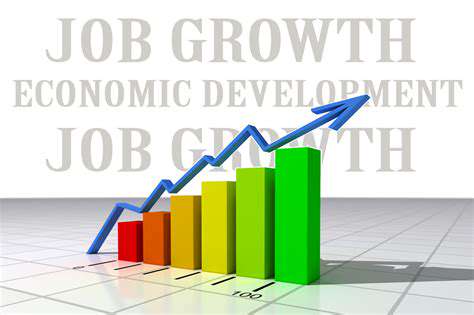
A New Industrial Sector Emerges
The offshore wind industry has spawned entirely new supply chains and manufacturing sectors. Coastal regions formerly dependent on fishing or shipbuilding now host factories producing massive turbine components. This industrial transformation creates high-quality jobs that can't be outsourced, from welding turbine foundations to maintaining electrical substations. The sector's growth promises stable, long-term employment opportunities across multiple skill levels.
Revitalizing Port Infrastructure
Developing offshore wind farms requires substantial port upgrades to handle oversized components. These infrastructure investments provide dual benefits, creating construction jobs while modernizing port facilities for broader commercial use. Many ports have transformed into specialized wind energy hubs, attracting related businesses and generating new revenue streams for local economies.
Global Deployment and Policy Support
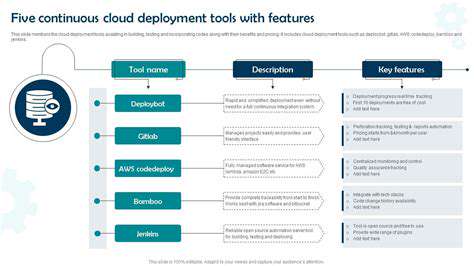
International Market Expansion
What began as a Northern European specialty has become a global phenomenon. Countries from the United States to Japan and Taiwan are now developing ambitious offshore wind programs. This international growth creates opportunities for knowledge transfer as experienced developers share lessons learned with emerging markets. Regional differences in wind conditions, seabed geology, and electricity markets drive continued innovation in project design and execution.
Policy Innovations Driving Growth
Governments worldwide are experimenting with various policy mechanisms to accelerate offshore wind development. Creative solutions like maritime spatial planning help resolve conflicts between wind farms and other ocean users. Some nations have implemented hybrid auction systems that consider both price and non-price factors like local economic benefits or environmental protections. These policy innovations help optimize the societal benefits of offshore wind development.
